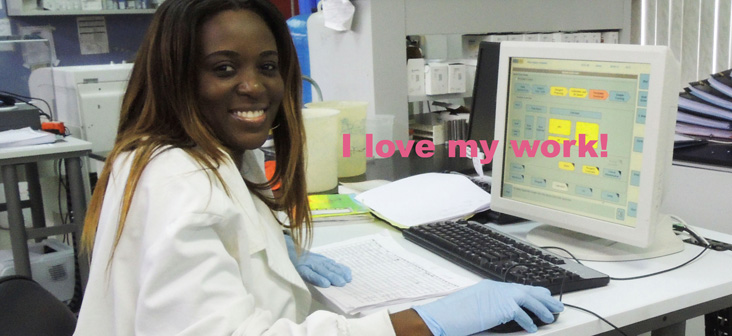FEATURES
Interactive On-Line Environment
Work done at any computer station is immediately available on other connected stations. In addition, several people may work on the same or different tasks at any CRT without interfering with each other’s work.
Capable of Handling Several On-Line Instruments
SoftLab can handle several on-line instruments without the need of special hardware. With proper setup and security permissions, any termoinal (local or remote) can access any interfaced instrument.
Automated Report Printing
The Print Scheduler automatically prints single or multiple reports at specified intervals to one or more sites. The system allows you to creates multi-module reports that draw data from the SoftLab, SoftMic, and SoftBank II® systems into a single report
True Multi-Site Capability
Ability to integrate operations of departments that have facilities at several different site locations.
Unique Security System
All laboratory packages and database files are protected against unauthorized access with a unique security system. This system includes passwords for every type of operation, user ID encrypting, permission categories for users and tests, operation login, automatic exit from the system when the terminal remains idle for a given period, etc.
Call List Request
The technologist may make the call after results verification, or the result may be electronically sent to the customer service department to make the call. The Call List keeps a detailed record of each call attempt, capturing the tech ID of the caller, phone number called, person contacted, and any notes from the conversation.
Generating an Ad Hoc Report
The system provides reports that you can print on an ad hoc basis. Many of them are available from the Reports menu, such as common management reports that monitor workflow. These reports are provided in addition to any regularly scheduled report runs your facility may have set up.
Printing Instant Reports
You can print instant reports where patient results are displayed, including: Order Entry, the Call List, Results Entry, Query, and the Interface Menu.
Running an SQL Report
This facility allows the system administrator to compile reports or data sets in response to a specific in response to a specific need. This feature will be very important to addressing the requirements for research and teaching data.
Generating an Audit Trail Report
The Audit Trail report option allows you to keep track of, or audit, the activities of your system. You can use this audit to determine the dates and times that specific functions took place, which users accessed system information, as well as for general troubleshooting.
Scheduling Reports
You can schedule a specific report for printing
Printing a Remote Destination
Remote Printing provides the ability to set up printers, faxes, and e-mails that are not part of the network printers. These can be set up as a default for doctors and clinics.
Managing Instrument Loadlists
From the Instrument Menu option, you can monitor and manage the loadlists that are created to send test requests to the instrument, including building, cleaning, searching, printing, and downloading.
Posting Instrument Results
There are multiple ways to post results from an instrument: manually, partially, batch, or automatically from the interface.
Transmitting Data to Reference Labs
The Reference Lab option enables you to prepare orders to be sent to a Reference Lab for processing or further testing. Tests ordered in the SoftLab® system can be transmitted to the reference lab, and test results can be sent from the reference lab database back to the SoftLab database.
Searching for Lab Results
The Lab Results Query option provides the ability to search for and view or print patient results based on your qualifying criteria.
Viewing Turnaround Time in Real Time
The Order Status Monitor option lets you display turnaround times as specimens are being processed. You can display the turnaround times that are relevant to the area where they will be displayed. Turnaround time limits can be defined for each test in Tests Setup. The system will keep track of the times as specimens are being processed and display it in different areas of the system. You can monitor turnaround times from any point to any point in a specimen's cycle from time of order to time of discard.
Viewing Test History
When you are retrieving patient results, you may need to see a list of tests that are on the order, or even detailed information about those tests. The Query options let you do that.
Viewing the Diagnosis Associated with a Test
Once you have performed a search for a test result, you can also view the diagnosis associated with it depending on your security permissions.
Printing Order History
You can print a history of orders and tests for a patient using the Order/Tracking History report.
Generating Patient Reports
When you are retrieving patient results, it is often useful to be able to reprint a report. You can do that in the Query option. You can also print patient history; information about all or some of the orders for that patient, from within the Resulting Worklist option.
Generating Requests and Calling Results
Some tests are defined to automatically generate a call request for the results, but you can use the Call window to manually request that results be called in to a doctor or clinic. You can also designate that the results are to be called to multiple doctors, or that some of the results are to be called to one doctor and other results be called to another doctor.

